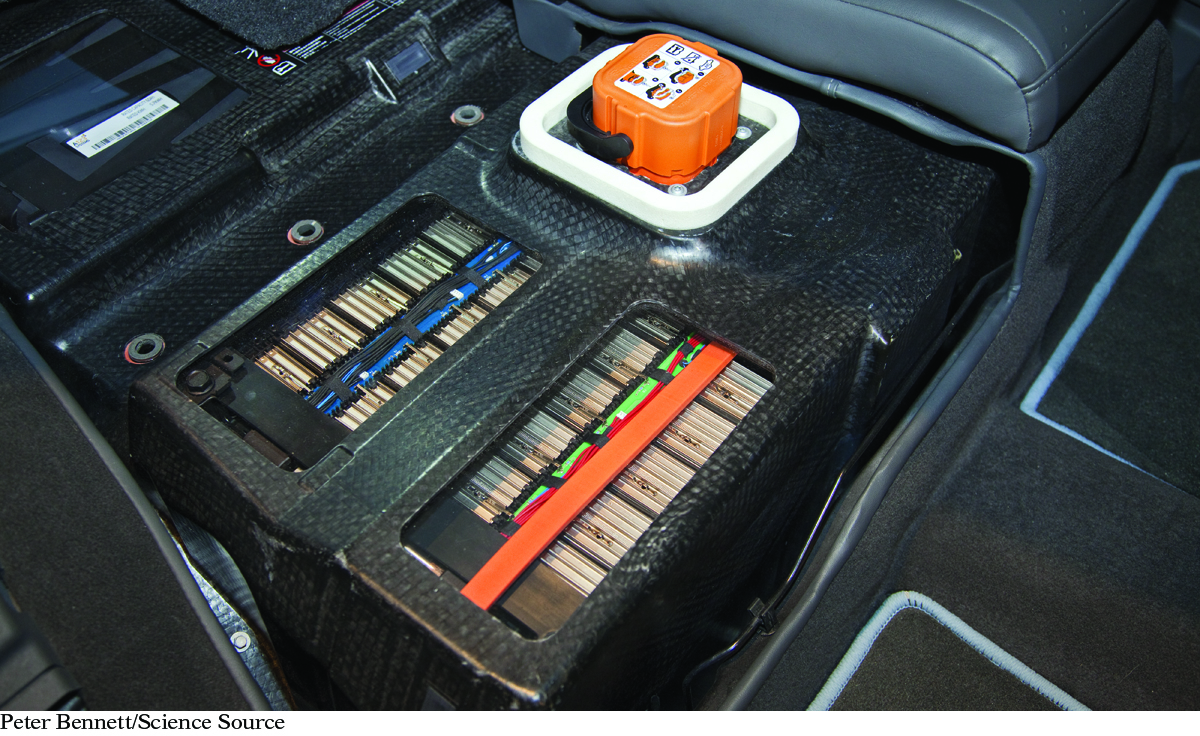Chapter 21 Summary

CHAPTER 21
Controlling Energy
SUMMARY
KEY TERMS
oxidation
heat of formation
reduction
oxidation–reduction reaction (redox)
activity series
electrolyte
electrochemical cell
half-cell
half-reaction
voltage
Fire Update
Every chemical change is accompanied by an energy transfer. The chemical energy from reactions between metals and metal compounds can be converted to electrical energy with the appropriate apparatus.
Oxidation-reduction reactions are a particularly useful source of energy. Oxidation is the loss of electrons by an atom, ion, or molecule during a chemical change. Its counterpart, reduction, is the gaining of electrons by an atom, ion, or molecule during a chemical change. Combustion is one type of oxidation-reduction reaction in which the fuel is oxidized and the oxygen is reduced.
Metals that are easily oxidized give up their electrons easily. These metals are considered more active.
REVIEW EXERCISES
Question 21.1
1. Explain how an electrochemical cell works to convert energy from chemical reactions into electrical energy.
Question 21.2
2. Why are some metal elements easier to extract from metal ores than others?
Question 21.3
3. Based upon the value in the heats of formation table on page 555, determine the heat of reaction for the decomposition of rust into iron and oxygen gas. Is this reaction endothermic or exothermic? Explain.
2Fe2O3 → 4Fe(s) + 3O2(g)
Question 21.4
4. If you place a piece of aluminum foil in a beaker of 1 M AgNO3, would a single exchange reaction occur? What if you place a piece of silver foil in a beaker of 1 M Al(NO3)3? How can you explain these two different results?
Question 21.5
5. An electrochemical cell is set up with 1 M Pb(NO3)2 on one side, and 1 M AgNO3 on the other.
Which metal will be oxidized? Which will be reduced? Write out balanced half-reactions for these reactions.
Write out the balanced overall reaction for this electrochemical cell.
How many moles of electrons will flow from the anode to the cathode?
Calculate the voltage for this electrochemical cell.